The Guide / Barcelona
Art
Hedwig Fijen
The founding director of roving cultural biennial Manifesta on how arts festivals can incubate meaningful change.
The 15th edition of the nomadic art and culture biennial Manifesta kicks off in Barcelona on 8 September, with events also distributed across 12 partnering cities and 16 venues across Catalonia. Running until 24 November, Manifesta will revitalise several spaces, including The Three Chimneys, a beachfront factory known to locals as the “Sagrada Familia of the Workers”, and open up other architectural jewels such as Casa Gomis. We ask Manifesta’s founder to tell us more.

How can culture shift the paradigm from ‘growth’ towards a new idea of ‘thriving’?
We need to involve activists, scientists, historians and others, and consider what brings us fulfilment and a sense of community. People focus on economic growth but culture can help us to rethink the importance of other factors, especially from the perspectives of nature and people’s wellbeing.
What legacy do you see Manifesta 15 leaving?
We would like to see more interconnectivity between local actors and institutions. Manifesta’s participants will engage with ecological justice and radical pedagogical approaches, as well as historic, colonial and urban issues. Rather than simply offering observations, they will propose proactive ways to empower communities. The biennial acts as an incubator and creates actions that need to be considered for the long term.
manifesta15.org
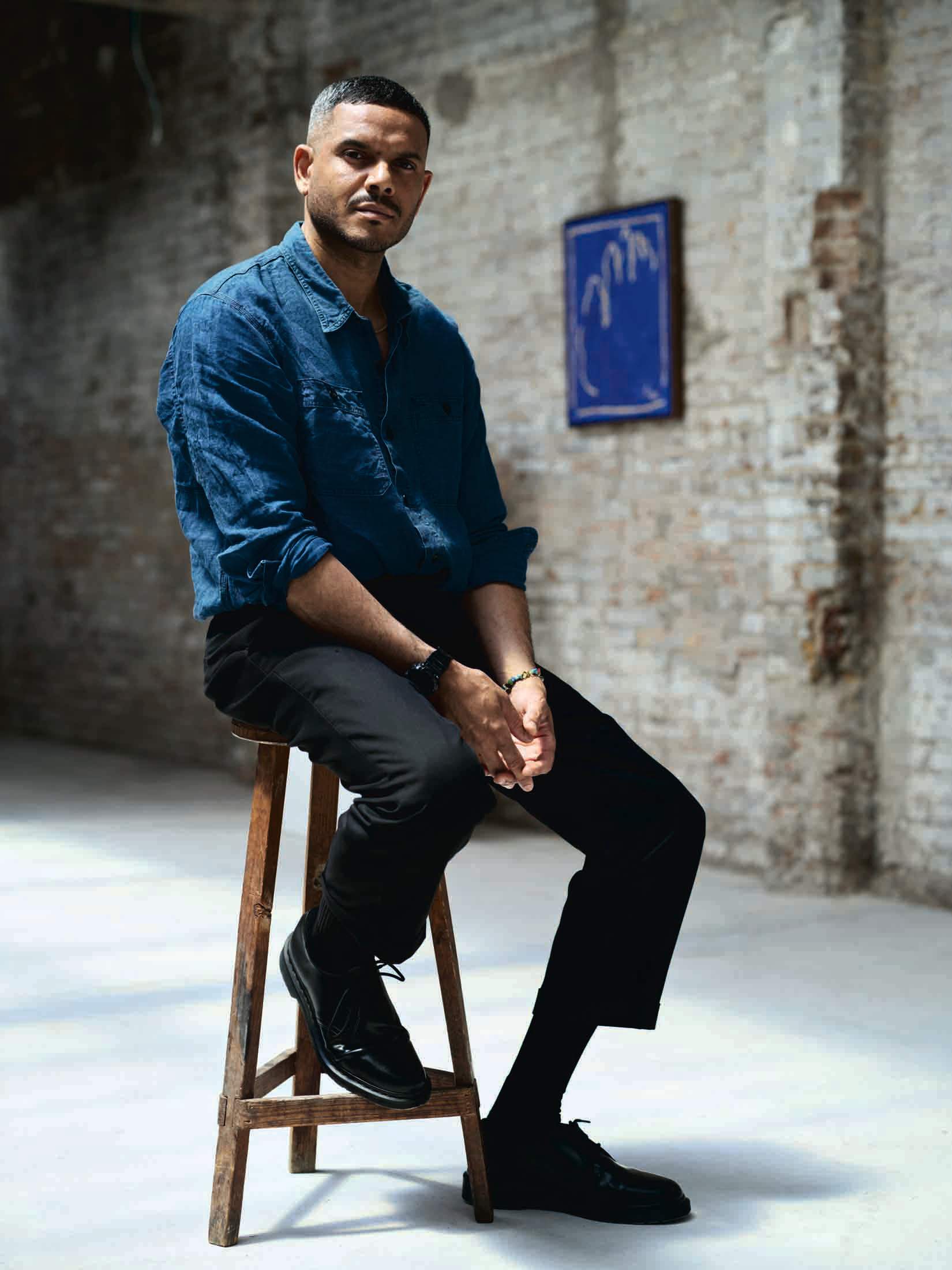
Chidy Wayne
Barcelona’s Poblenou neighbourhood is experiencing a creative boom. Meet an artist leading the charge.
As he surveys his new studio, Chidy Wayne is clearly taken with its abundance of light and space. The Spanish-Guinean artist recently relocated to this quiet lane from the other side of the city. He enlisted the help of award-winning interior architect Isern Serra to transform a former bike mechanic’s warehouse in the heart of the post-industrial Poblenou district into an atelier that now also functions as a dynamic gallery space.
This new chapter comes after a particularly busy 12 months for Wayne, who staged back-to-back exhibitions in New York, Miami, Paris and Brussels, as well as two more recent solo shows in Barcelona and San Francisco. The artist’s minimalist, figurative art combines painting, sculpture and symbolism to explore recurring themes of identity and internal conflict. Wayne, who has lived in Barcelona for about 20 years, attests to the upsurge of creativity that the city is currently enjoying. “There’s a revitalised energy,” he says. “It seems to be drawing a new mix of people into the fold. This nourishes us all.”
Many of Poblenou’s creators and makers are often hidden from view, working inside repurposed factories or former textile-industry buildings. In his space, Wayne wants to have an open-door policy that encourages visitors to stop by, engage with his work and share ideas. “People’s sense of curiosity and their fascination with Barcelona continues,” he says. “I see many Barceloneses believing in their city again.”
Il.Lacions
An elegant gallery that embodies Barcelona’s design DNA.
Founded by interior designer- turned-gallerist Xavier Franquesa in 2011, Il.Lacions stands as a vibrant testament to Barcelona’s dynamic design scene. Housed on the first floor of a building on Las Ramblas in the heart of the city, the gallery pulsates with creative energy and innovation.
Franquesa’s vision for Il.Lacions (which, in Catalan, means “inference”, “connection” or “relationship”) is not merely to showcase design but also to celebrate the region’s rich heritage and talent. “There are 18 design schools in Barcelona, which means that every year we have about 1,000 or 2,000 design students graduating,” he says. “There is an incredible concentration of talent here, so we need to make the most of it.”
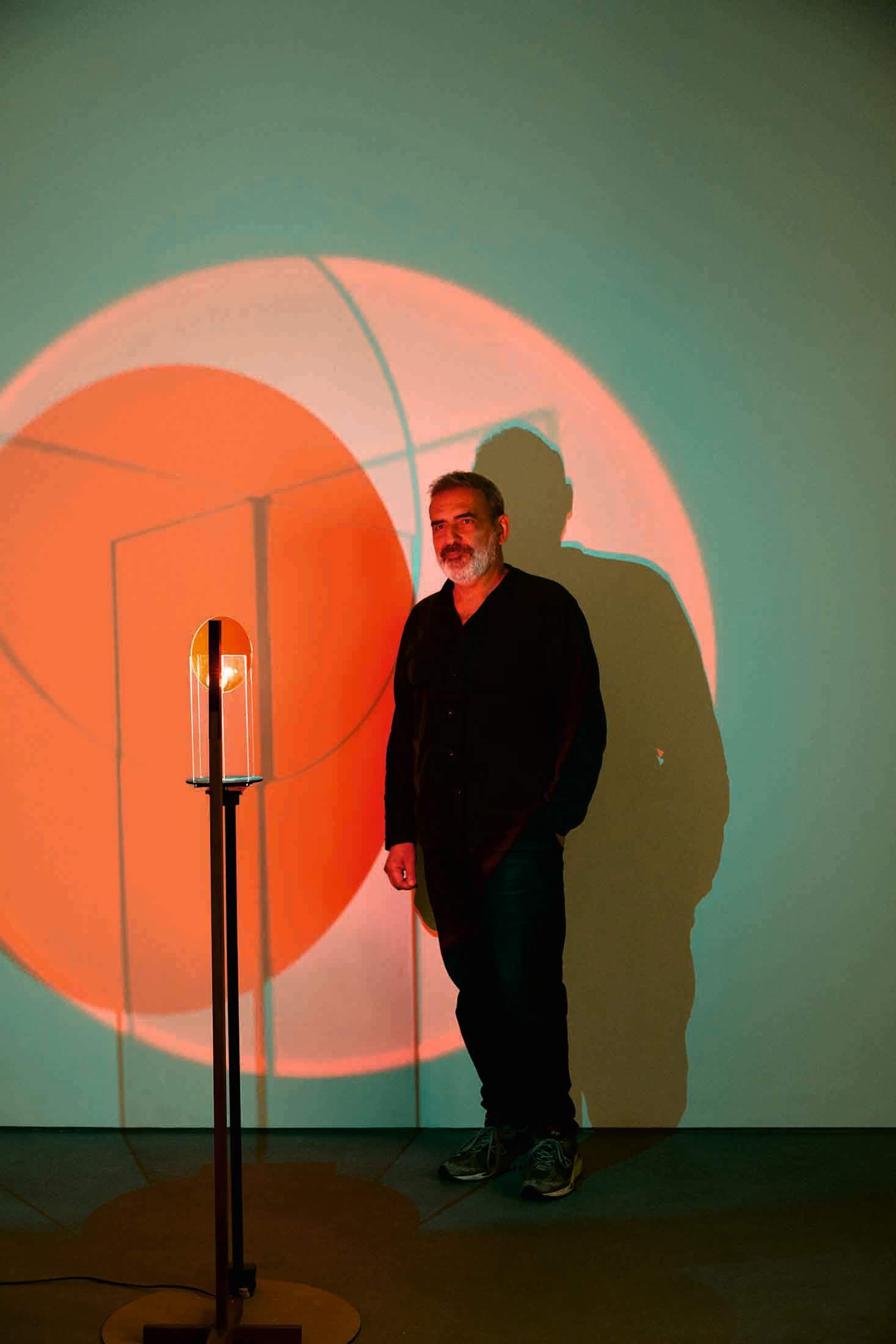
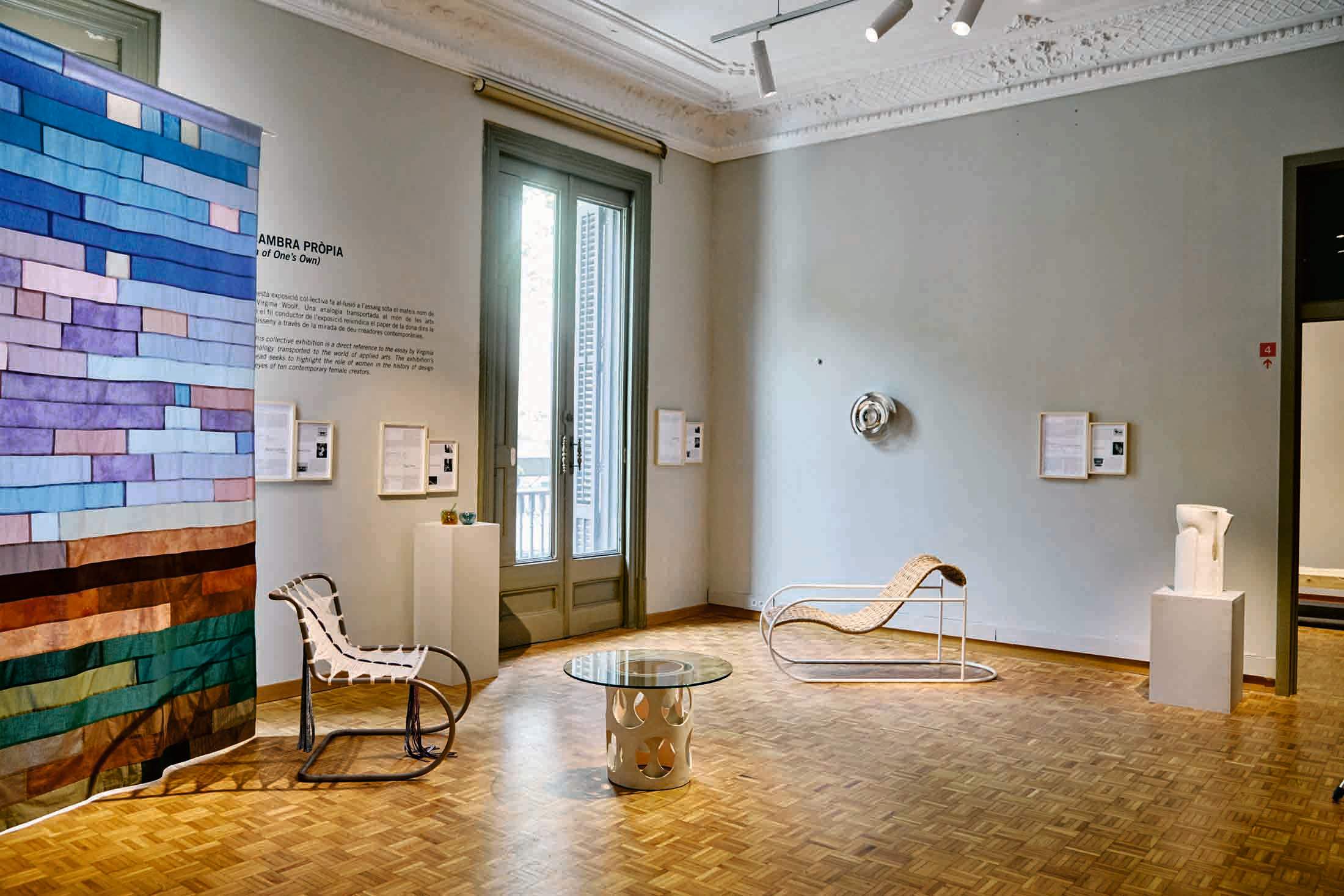
The gallery is a platform for about 70 designers who have either grown up, studied or lived in Barcelona. The work on display spans the spectrum of collectible contemporary design – pieces that are pushing boundaries and redefining conventions – while there is also a strong emphasis on sustainability, reuse and circularity.
Throughout the 400 sq m space, you will see recycled plastic armchairs by Oiko Design Office alongside lamps crafted from salvaged materials by Marta Torrent. You might also spot pieces that have been upcycled from restaurant El Celler de Can Roca’s waste materials by Andreu Carulla.
“All of the designers have Barcelona in their DNA and you can tell,” says Franquesa. They share “an approach to design that is very modest, doesn’t want to stand out and is very elegant”. But however discreet these pieces might be, Franquesa makes sure that at Il.Lacions they shine in all their glory.
illacions.com
Fundació Joan Miró
Established by Spanish painter and sculptor Joan Miró, this museum has championed emerging talents for half a century.
A common misperception about the Fundació Joan Miró is that the museum is all about its namesake’s work. In fact the artist established this modern outpost atop Montjuic as the Centre d’Estudis d’Art Contemporani – or CEAC, initials that are still emblazoned above the main doors. “His vision was to make it a centre for living art and culture,” says director Marko Daniel, who moved here in 2018 after serving as curator of public programmes at London’s Tate Modern. “When it opened in 1975, this was one of Spain’s first truly contemporary museums, a bold statement about artistic freedom versus political authoritarianism.”


While home to Miró’s extensive archive and many of his surrealist works, the space remains dedicated to spotlighting experimental and emerging artists. “In the past few years, 87 per cent of our exhibitions haven’t revolved around Miró,” says Daniel, pointing to the current show, Vietnamese artist Tuan Andrew Nguyen’s Our Ghosts Live in the Future.
Josep Lluís Sert’s architectural masterpiece, which subverted the idea of an enclosed museum by opening up the structure to beams of sunlight, is worth the visit alone. In 2025 the foundation will celebrate its 50th anniversary, underscoring its enduring relevance as part of the city’s cultural fabric. “Miró was an indefatigable innovator,” says Daniel. “We share his belief that art is not separate from – but a part of – our everyday lives.”
fmirobcn.org
Prats Nogueras Blanchard
A spirit of collaboration pervades a new gallery born of the merger of two of Barcelona’s finest institutions.
The talk of Barcelona’s art scene is the recent merger between the Joan Prats gallery and NoguerasBlanchard. The four gallery owners – Álex Nogueras, Rebeca Blanchard and sisters Patricia and Marta de Muga – bring decades of expertise and perspective to their new proverbial round table, rebirthed as Prats Nogueras Blanchard. “It’s a rather unorthodox move,” says Blanchard. “Galleries are usually rather individualistic projects but we have always believed in the growth that flows from collaboration.”
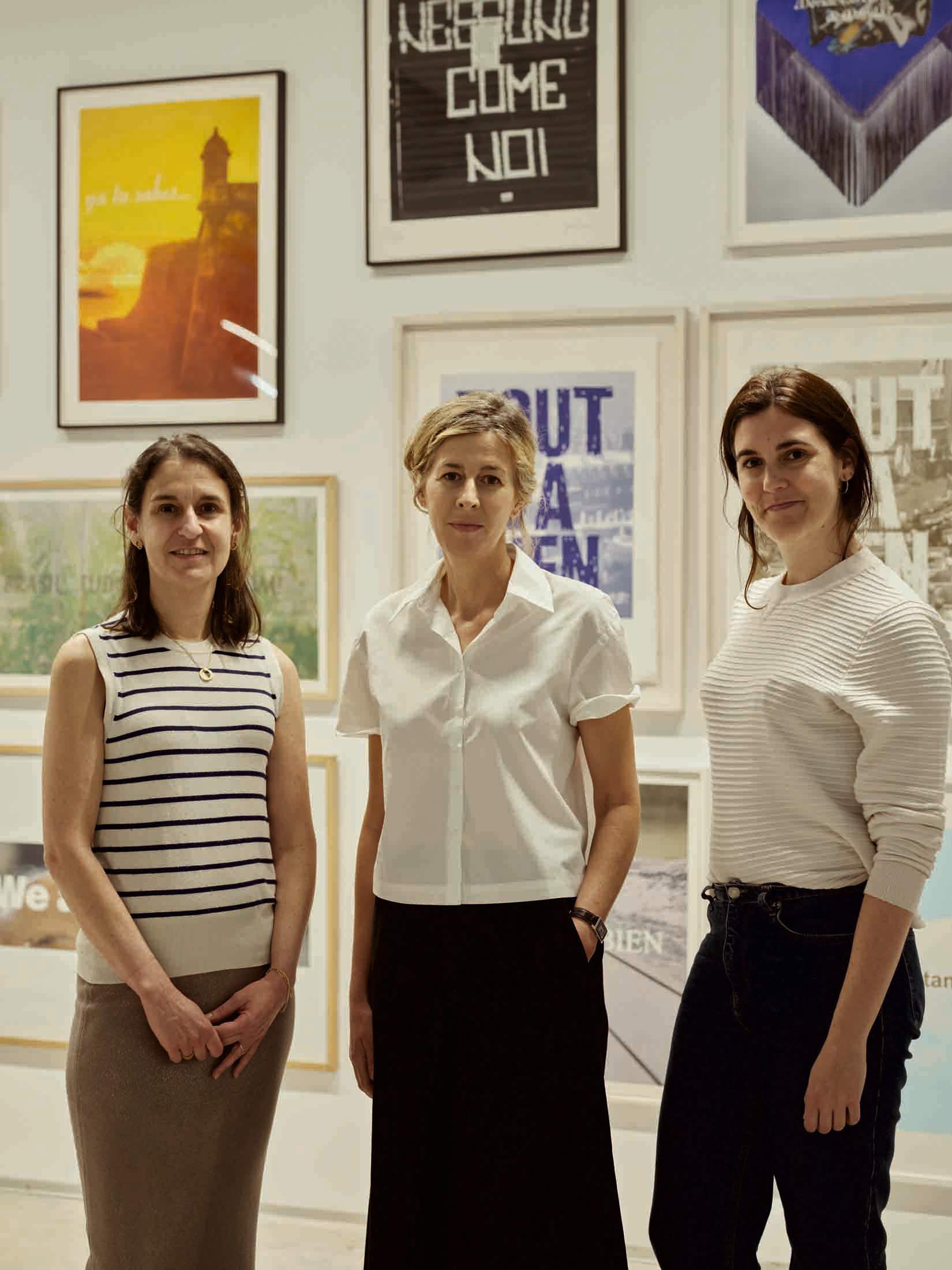
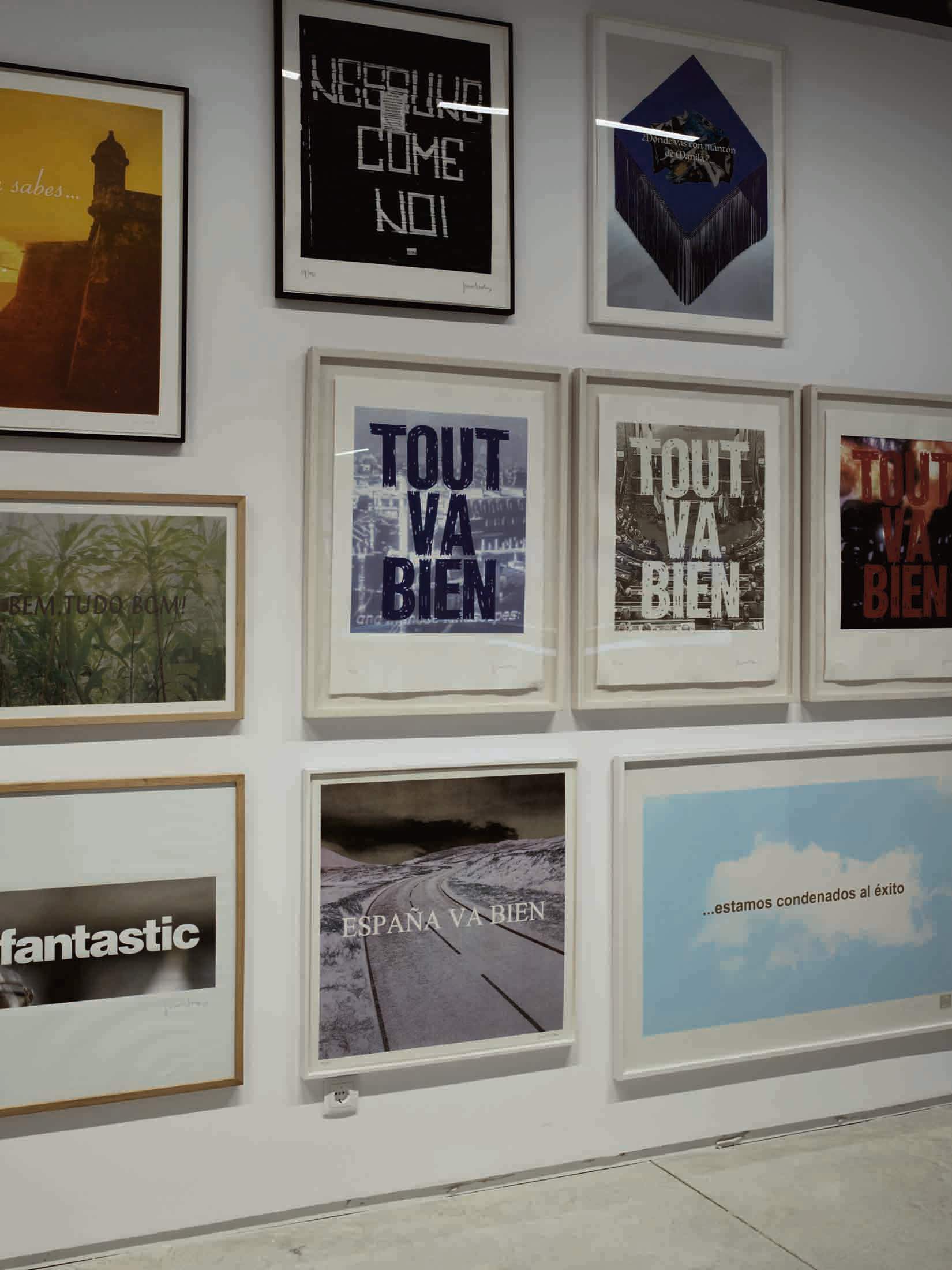
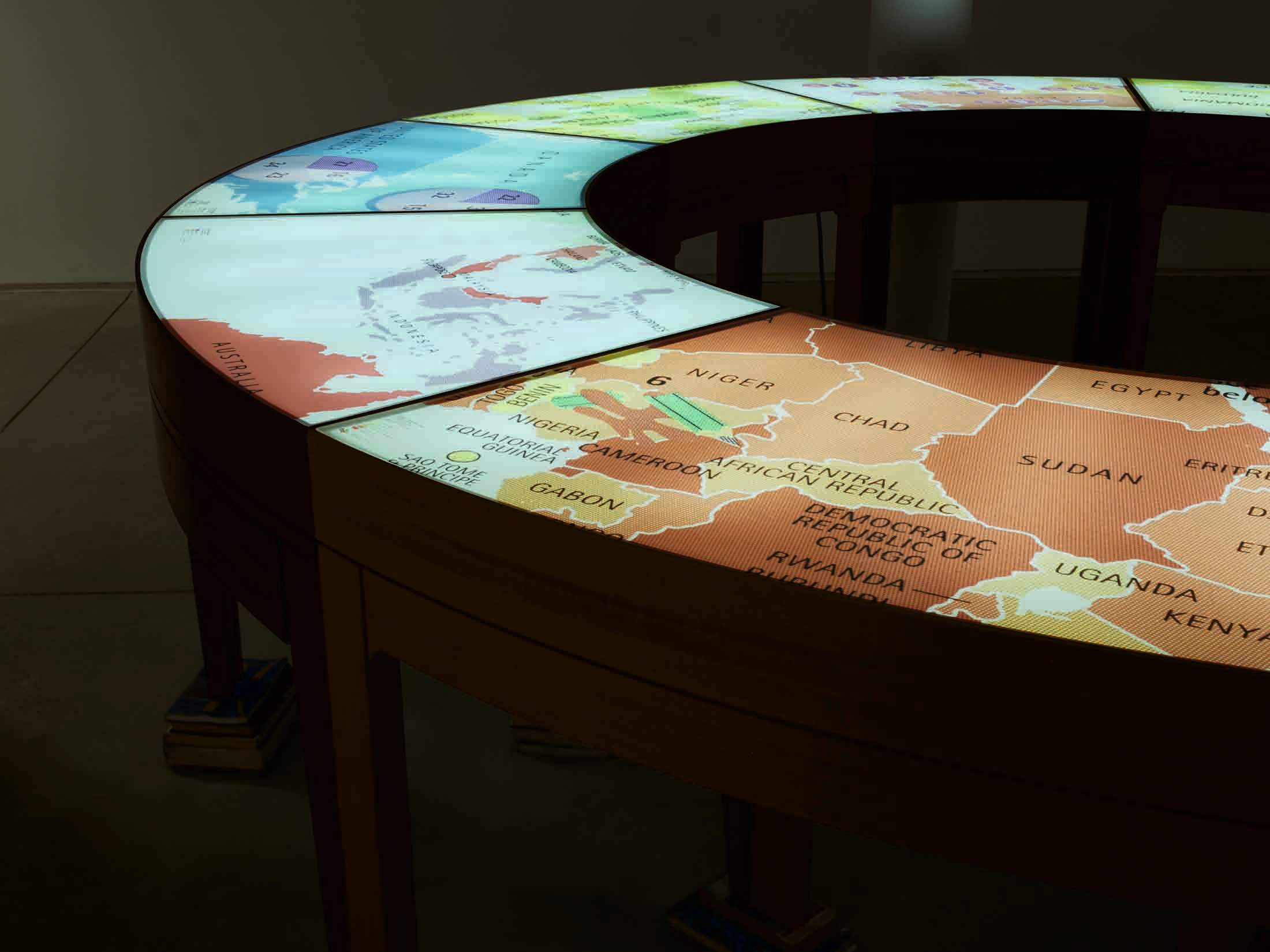
The formalisation of this creative alliance comes after more than a decade of the quartet working together on other projects. Their collective sentiment deepened during the challenging years of the coronavirus pandemic, when several galleries put on a group installation inside a defunct flour factory in the village of Corça. “This is a marriage in every sense of the word,” says Blanchard with a smile. “We must trust and complement one another.”
On the edge of the Ensanche district, the gallery’s 400 sq m headquarters is an old photography school, revamped by architect Marc Rabassa. The space’s inaugural exhibition in April gathered works by Muntadas, followed by a summer show by Argentinean artist Mercedes Azpilicueta. A summer pop-up in Corça also returns this year. The group show, Enlaire, will centre on the work of Josep Royo, best known for creating tapestries with Joan Miró.
noguerasblanchard.com
Fundació Llorens Artigas
The birthplace of many iconic works of art, this foundation keeps alive the legacy of Spanish ceramic artist Josep Llorens i Artigas.
This lesser-known treasure hidden between the quiet hills that surround the town of Gallifa is also the unlikely point of origin for some of the world’s most iconic artworks.
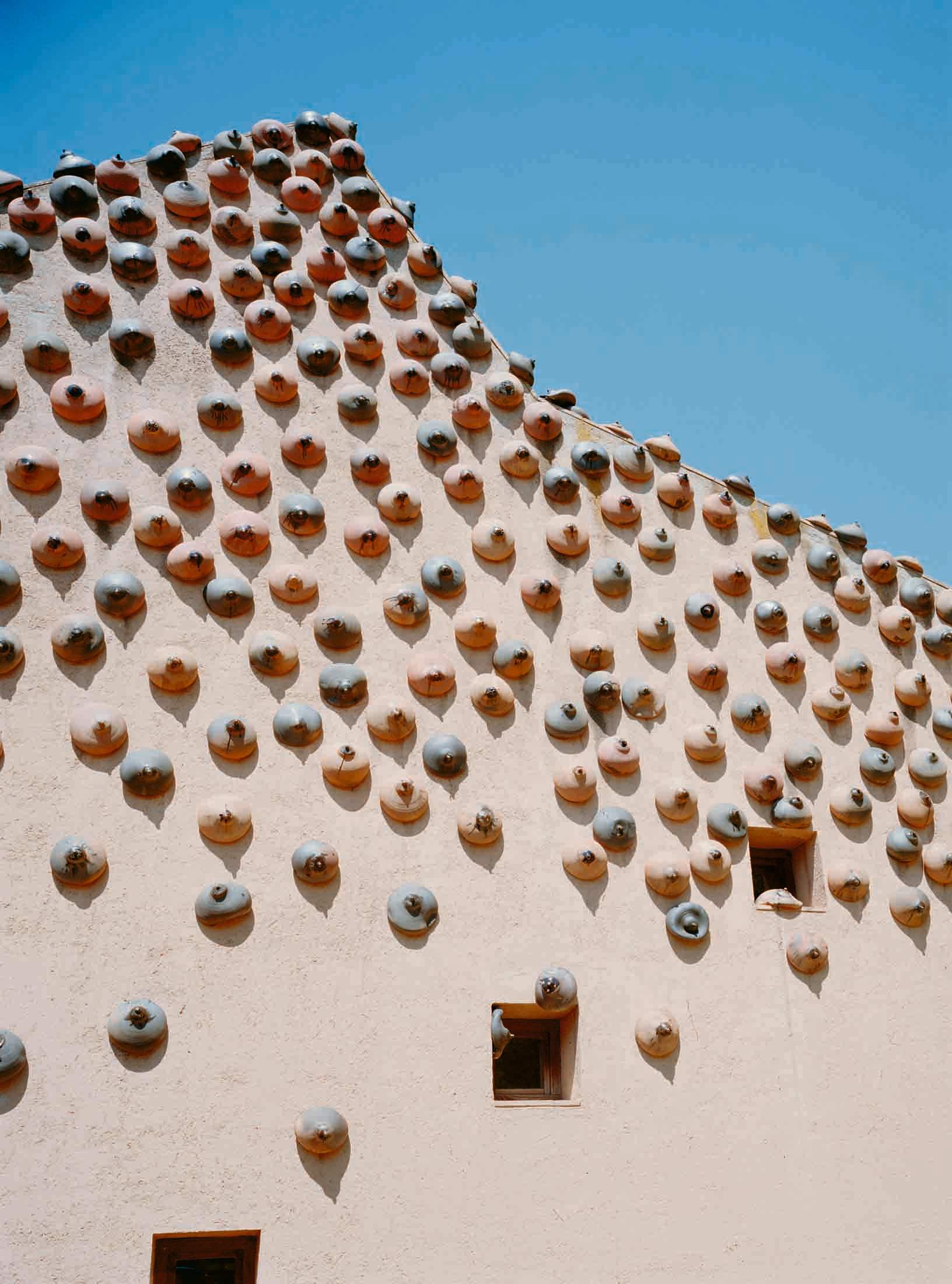
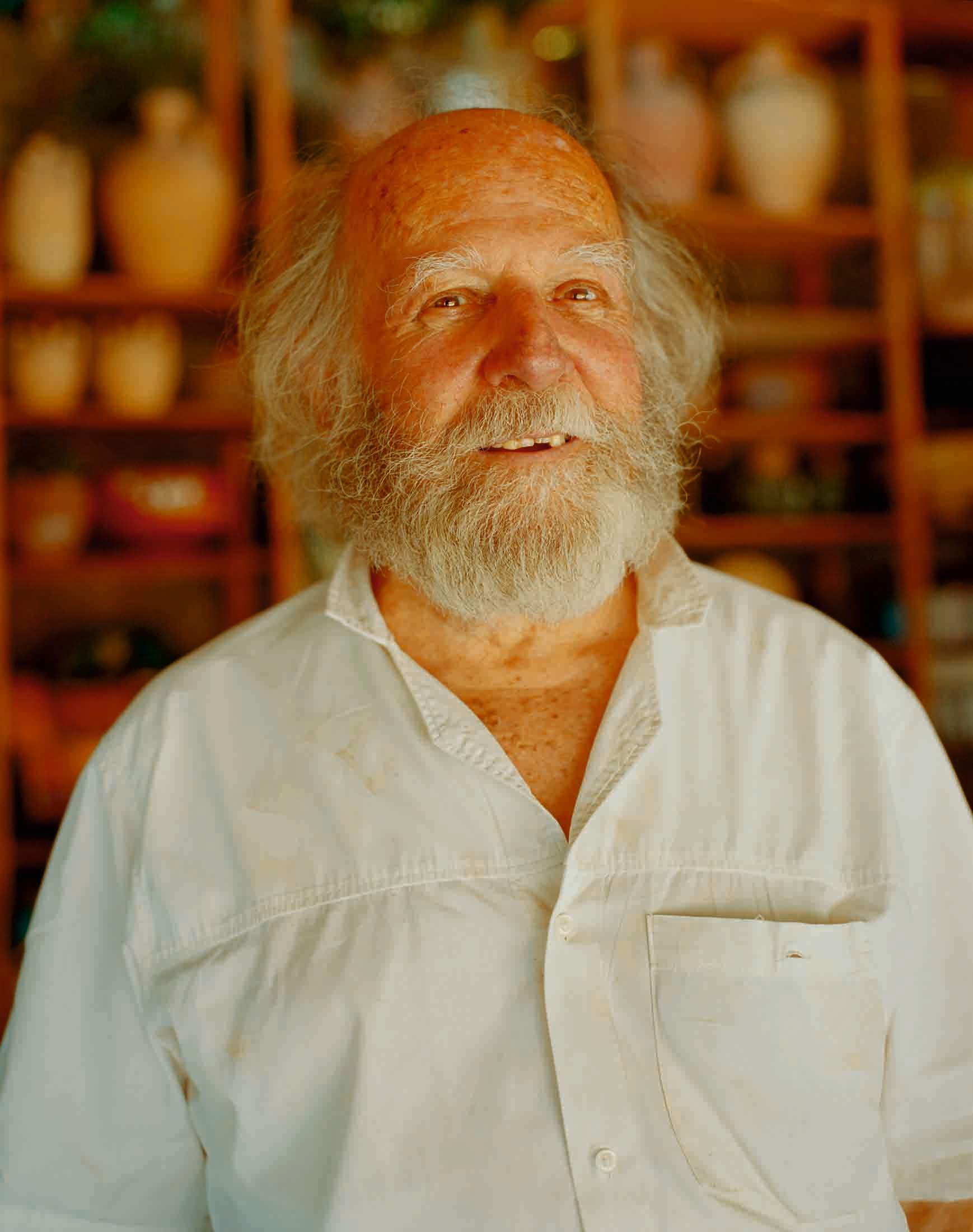

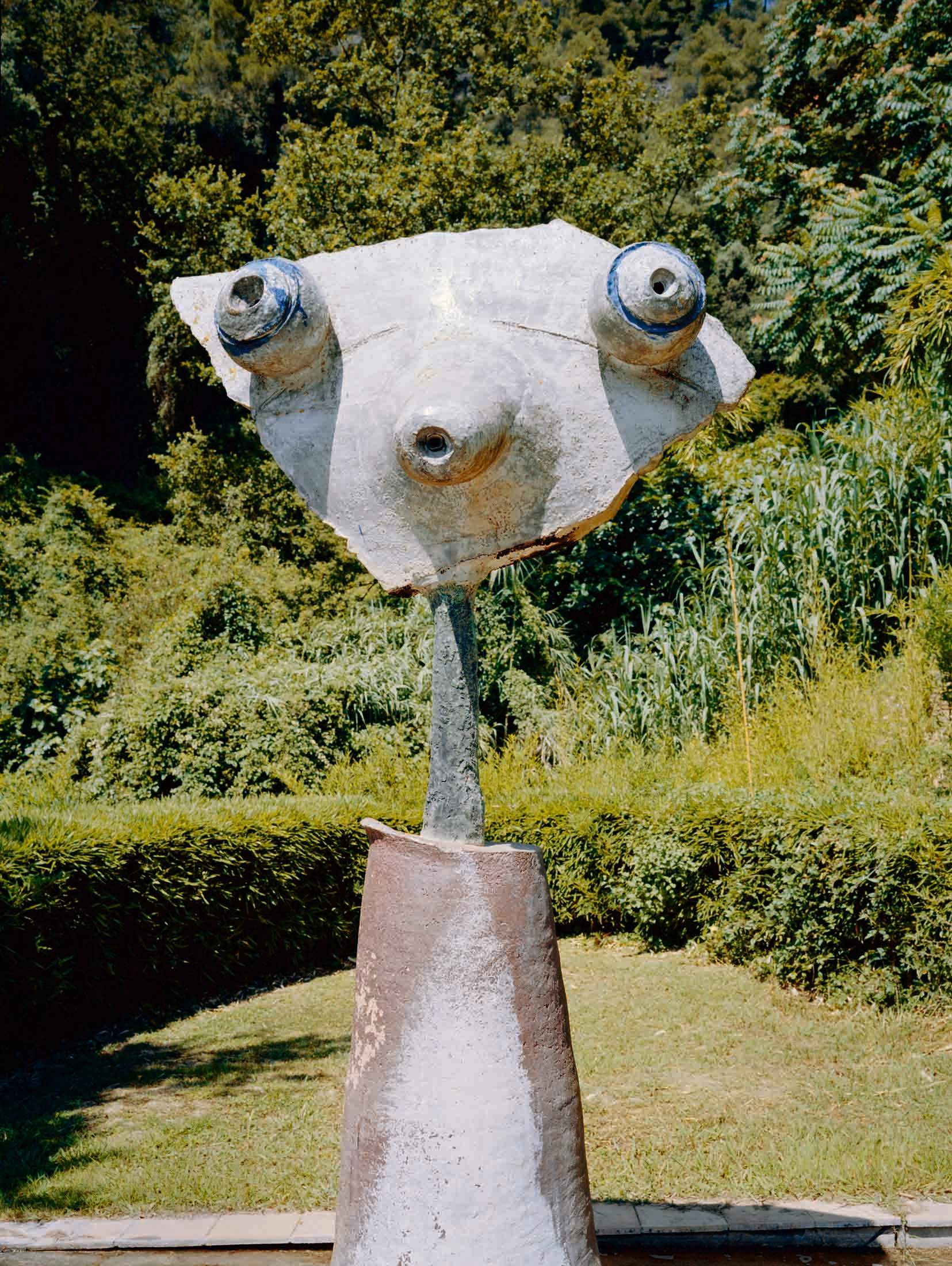
Once the home and studio of celebrated ceramics artist Josep Llorens i Artigas, this modest bastion was where Barcelona-born master Joan Miró would travel to collaborate with Artigas, using his trusty kilns to fire every piece of the ceramic murals that still decorate the Unesco headquarters in Paris, Harvard University, New York’s Guggenheim Museum and Josep Tarradellas Barcelona- El Prat Airport.
Turned into a foundation by Artigas’ sculptor son Joan Gardy Artigas in 1989, this is more than just an archive celebrating the past. By keeping the wood fires of the seven speciality kilns burning and offering sporadic classes upon appointment to aspiring potters, this remote house is a fitting tribute to the late Artigas’ creative spirit. Several eclectic works can be spotted in the gardens but the star of the show is Joan, who still relishes the act of creation and a good-spirited conversation with enthusiastic visitors.
fundacio-artigas.com


